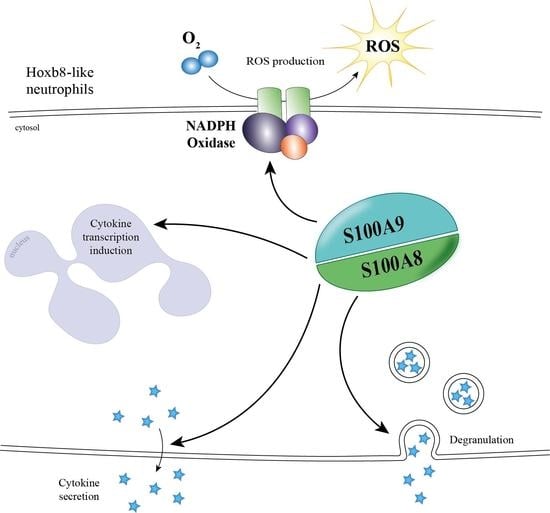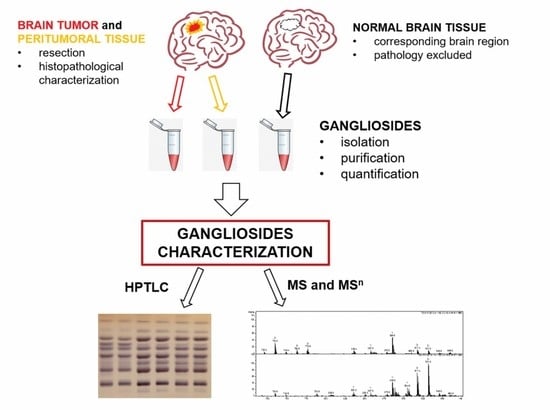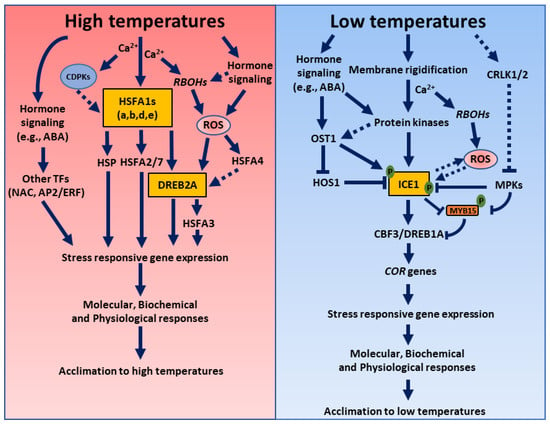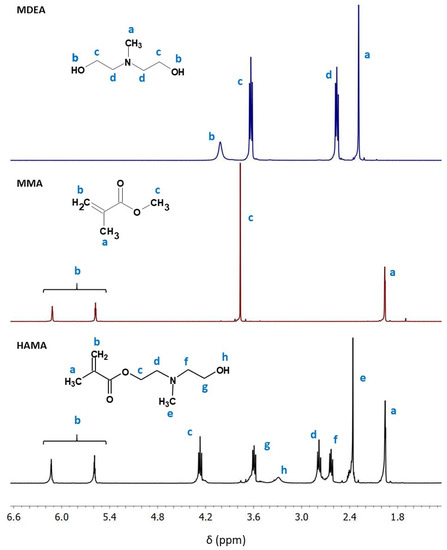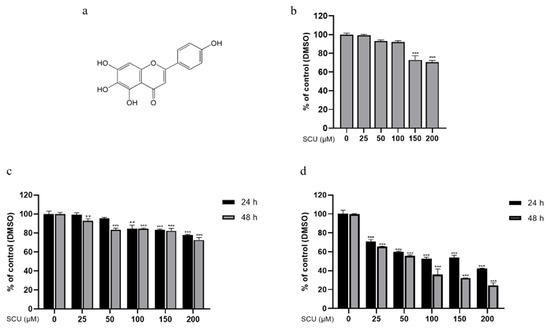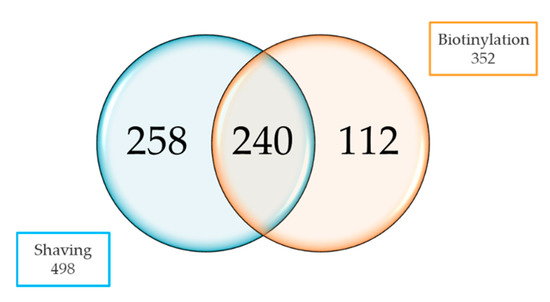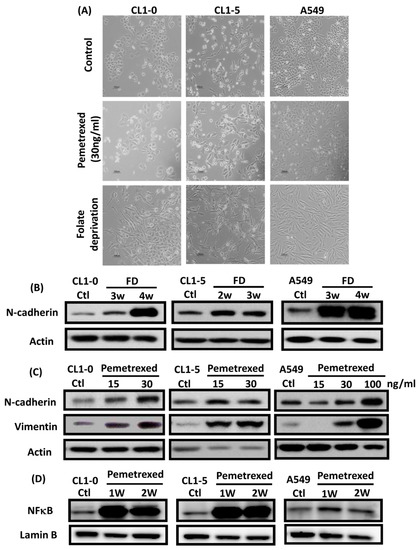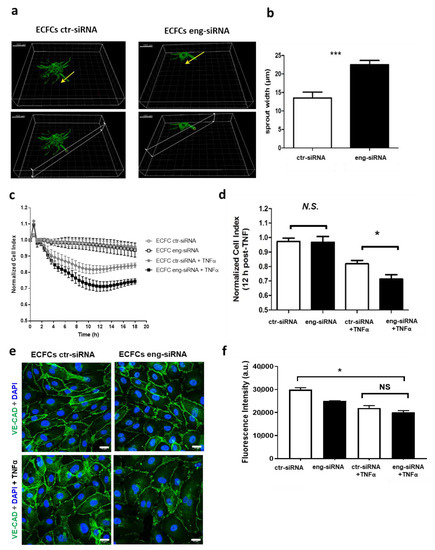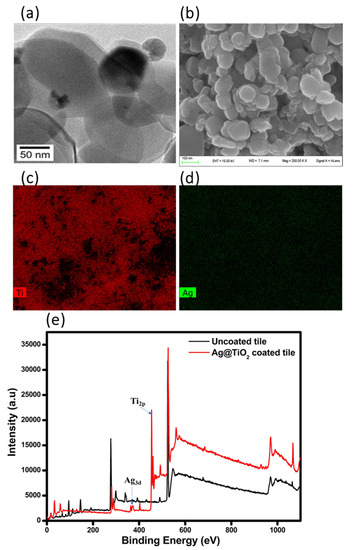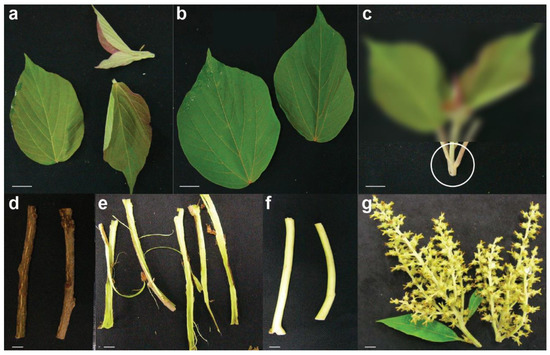Int. J. Mol. Sci. 2021, 22(16), 8848; https://doi.org/10.3390/ijms22168848 - 17 Aug 2021
Cited by 3 | Viewed by 3234
Abstract
Cancer-specific isoenzyme of phosphofructokinase II (PFKFB4), as our previous research has shown, may be one of the most important enzymes contributing to the intensification of glycolysis in hypoxic malignant melanoma cells. Although the PFKFB4 gene seems to play a crucial role
[...] Read more.
Cancer-specific isoenzyme of phosphofructokinase II (PFKFB4), as our previous research has shown, may be one of the most important enzymes contributing to the intensification of glycolysis in hypoxic malignant melanoma cells. Although the PFKFB4 gene seems to play a crucial role in the progression of melanoma, so far there are no complete data on the expression of PFKFB4 at the isoform level and the influence of hypoxia on alternative splicing. Using RT-qPCR and semi-quantitative RT-PCR, we presented the PFKFB4 gene expression profile at the level of six isoforms described in the OMIM NCBI database in normoxic and hypoxic melanoma cells. Additionally, using VMD software, we analyzed the structure of isoforms at the protein level, concluding about the catalytic activity of individual isoforms. Our research has shown that five isoforms of PFKFB4 are expressed in melanoma cells, of which the D and F isoforms are highly constitutive, while the canonical B isoform seems to be the main isoform induced in hypoxia. Our results also indicate that the expression profile at the level of the PFKFB4 gene does not reflect the expression at the level of individual isoforms. Our work clearly indicates that the PFKFB4 gene expression profile should be definitely analyzed at the level of individual isoforms. Moreover, the analysis at the protein level allowed the selection of those isoforms whose functional validation should be performed to fully understand the importance of PFKFB4 expression in the metabolic adaptation of malignant melanoma cells.
Full article
(This article belongs to the Section Molecular Biology)
►
Show Figures



